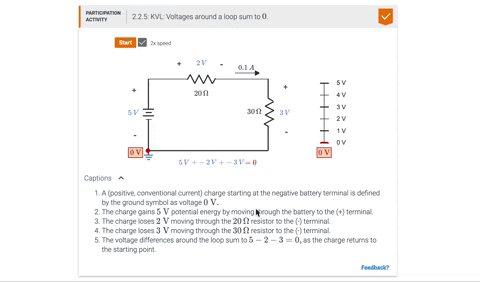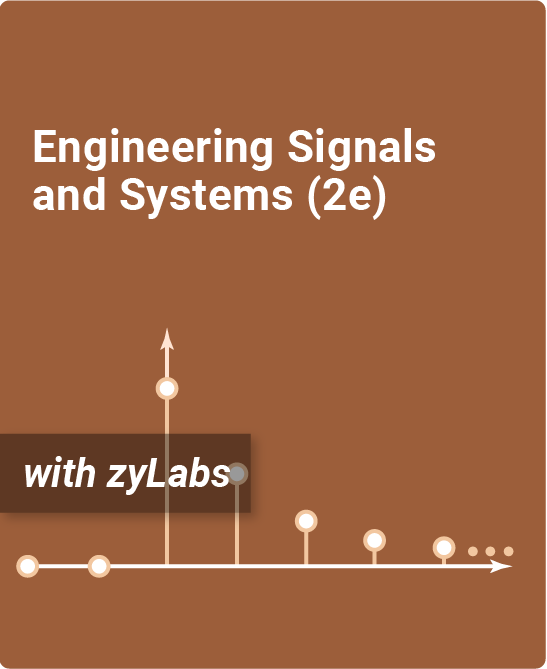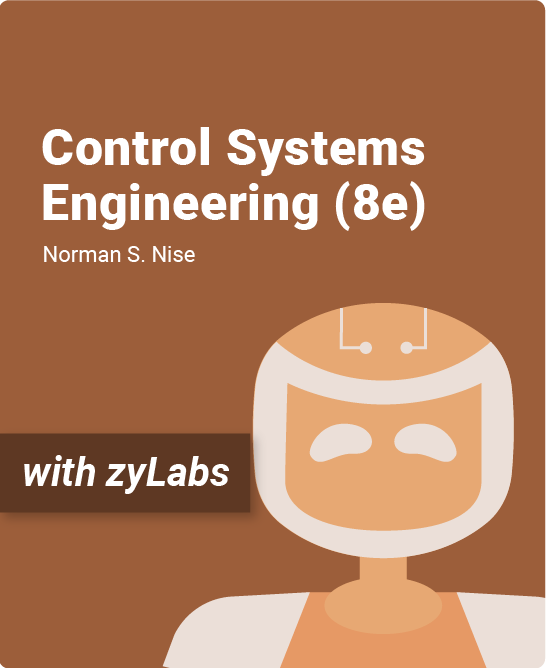Table of Contents
1. Basic Concepts
1.1 System of units
1.2 Basic quantities
1.3 Circuit elements
1.4 Summary
2. Resistive Circuits
2.1 Ohm’s law
2.2 Kirchhoff’s laws
2.3 Single-loop circuits
2.4 Single-node-pair circuits
2.5 Series and parallel resistor combinations
2.6 Circuits with series-parallel combinations of resistors
2.7 Wye-delta transformations
2.8 Circuits with dependent sources
2.9 Resistor technologies for electronic manufacturing
2.10 Application examples
2.11 Design examples
2.12 Summary
2.13 Typical resistive circuit problems found on the FE exam
3. Nodal and Loop Analysis Techniques
3.1 Nodal analysis
3.2 Loop analysis
3.3 Application example: Motor speed control
3.4 Design example for nodal analysis
3.5 Summary
3.6 Typical nodal or loop analysis problems found on the FE exam
4. Operational Amplifiers
4.1 Introduction to op-amps
4.2 Op-amp models
4.3 Fundamental op-amp circuits
4.4 Comparators
4.5 Application examples
4.6 Design examples
4.7 Summary
4.8 Typical op-amp problems found on the FE exam
5. Additional Analysis Techniques
5.1 Introduction
5.2 Superposition
5.3 Thévenin’s and Norton’s theorems
5.4 Maximum power transfer
5.5 Application example
5.6 Design examples
5.7 Summary
5.8 Typical problems found on the FE exam
6. Capacitance and Inductance
6.1 Capacitors
6.2 Inductors
6.3 Capacitor and inductor combinations
6.4 RC operational amplifier circuits
6.5 Application examples
6.6 Design examples
6.7 Summary
6.8 Typical capacitor and inductor problems found on the FE exam
7. First- and Second-Order Transient Circuits
7.1 Introduction
7.2 First-order circuits
7.3 Second-order circuits
7.4 Application examples
7.5 Design examples
7.6 Summary
7.7 Typical problems found on the FE exam
8. AC steady-state analysis
8.1 Sinusoids
8.2 Sinusoidal and complex forcing functions
8.3 Phasors
8.4 Phasor relationships for circuit elements
8.5 Impedance and admittance
8.6 Phasor diagrams
8.7 Basic phasor analysis using Kirchhoff’s laws
8.8 Phasor analysis techniques
8.9 AC steady-state application examples
8.10 RLC circuit phasor design examples
8.11 Summary
8.12 Typical AC steady-state problems found on the FE exam
9. Steady-State Power Analysis
9.1 Instantaneous power
9.2 Average power
9.3 Maximum average power transfer
9.4 Effective or rms values
9.5 The power factor
9.6 Complex power
9.7 Power factor correction
9.8 Single-phase three-wire circuits
9.9 Safety considerations
9.10 Application examples
9.11 Design examples
9.12 Summary
9.13 Typical power problems found on the FE exam
10. Magnetically Coupled Networks
10.1 Mutual inductance
10.2 Energy analysis
10.3 The ideal transformer
10.4 Transformer safety considerations
10.5 Transformer application examples
10.6 Transformer design examples
10.7 Summary
10.8 Typical transformer problems found on the FE exam
11. Polyphase Circuits
11.1 Three-phase circuits
11.2 Three-phase connections
11.3 Source/load connections
11.4 Power relationships
11.5 Three-phase power factor correction
11.6 Three-phase application examples
11.7 Three-phase design examples
11.8 Summary
11.9 Typical polyphase circuit problems found on the FE exam
12. Variable-frequency network performance
12.1 Variable frequency-response analysis
12.2 Sinusoidal frequency analysis
12.3 Resonant circuits
12.4 Scaling
12.5 Filter networks
12.6 Application examples
12.7 Design examples
12.8 Summary
12.9 Typical frequency response problems found on the FE exam
13. The Laplace Transform
13.1 Definition of the Laplace transform
13.2 Two important singularity functions
13.3 Transform pairs
13.4 Properties of the Laplace transform
13.5 Performing the inverse Laplace transform
13.6 Convolution integral
13.7 Initial-value and final-value theorems
13.8 Solving differential equations with Laplace transforms
13.9 Summary
13.10 Typical Laplace transform problems found on the FE exam
14. Application of the Laplace Transform to Circuit Analysis
14.1 Laplace circuit solutions
14.2 Circuit element models
14.3 Analysis techniques
14.4 Transfer function
14.5 Pole-zero plot/Bode plot connection
14.6 Steady-state response
14.7 Summary
14.8 Typical Laplace application problems found on the FE exam
15. Fourier Analysis Techniques
15.1 Fourier series
15.2 Fourier transform
15.3 Application example
15.4 Design examples
15.5 Summary
15.6 Typical Fourier problems found on the FE exam
16. Two-Port Networks
16.1 Admittance parameters
16.2 Impedance parameters
16.3 Hybrid parameters
16.4 Transmission parameters
16.5 Parameter conversions
16.6 Interconnection of two-ports
16.7 Summary
16.8 Typical two-port network problems found on the FE exam
17. Appendix: Complex numbers
17.1 Complex number representation
17.2 Mathematical operations
Same Text, More Action
Bring the 12th edition of Irwin and Nelms’ Basic Engineering Circuit Analysis to life through zyBooks’ interactive learning platform. This zyVersion provides the most complete set of pedagogical tools available for students entering into this complex subject.
- Over 60 dynamic animations provide insight into numerous topics
- Thousands of learning questions help students understand topics through incremental steps, keeping students engaged and providing thorough explanations of both right and wrong answers
- Approximately 100 auto-generated and auto-graded Challenge Activities (“homework problems”)
- All of the original textbook’s “Learning Assessment” exercises are included with accompanying step-by-step problem-solving videos
New! Optional Challenge Activities
As an instructor, you now have the ability to mark Challenge Activities as optional, which means you can indicate which Challenge Activities your students need to complete in order to meet your course requirements. Those marked as optional won’t contribute to point totals in reports or assignments.
What is a zyVersion?
zyVersions are leading print titles converted and adapted to zyBooks’ interactive learning platform, allowing for a quick and easy transition to an engaging digital experience for instructors and students.
zyBooks’ web-native content helps students visualize concepts to learn faster and more effectively than with a traditional textbook.
This version of Basic Engineering Circuit Analysis (12e) benefits both students and instructors:
- Instructor benefits
- Customize your course by reorganizing existing content, or adding your own content
- Continuous publication model updates your course with the latest content and technologies
- Robust reporting gives you insight into students’ progress, reading and participation
- Student benefits
- Learning questions and other content serve as an interactive form of reading and provide instant feedback
- Concepts come to life through extensive animations embedded into the interactive content
- Save chapters as PDFs to reference material at any time, even after the course has been completed
Authors:
J. David Irwin
Computer Engineering Department Head / Auburn University
R. Mark Nelms
Professor and former Department Head of Electrical and Computer Engineering / Auburn University / IEEE Fellow
Contributors:
Yasaman Adibi
Content Developer / zyBooks / Ph.D. Electrical Engineering / University of Minnesota
Mark Atkins
Associate Professor of Electrical Engineering, retired / Ivy Tech Community College
Mohsen Sarraf
Senior Lecturer in Electrical Engineering / University of New Haven





